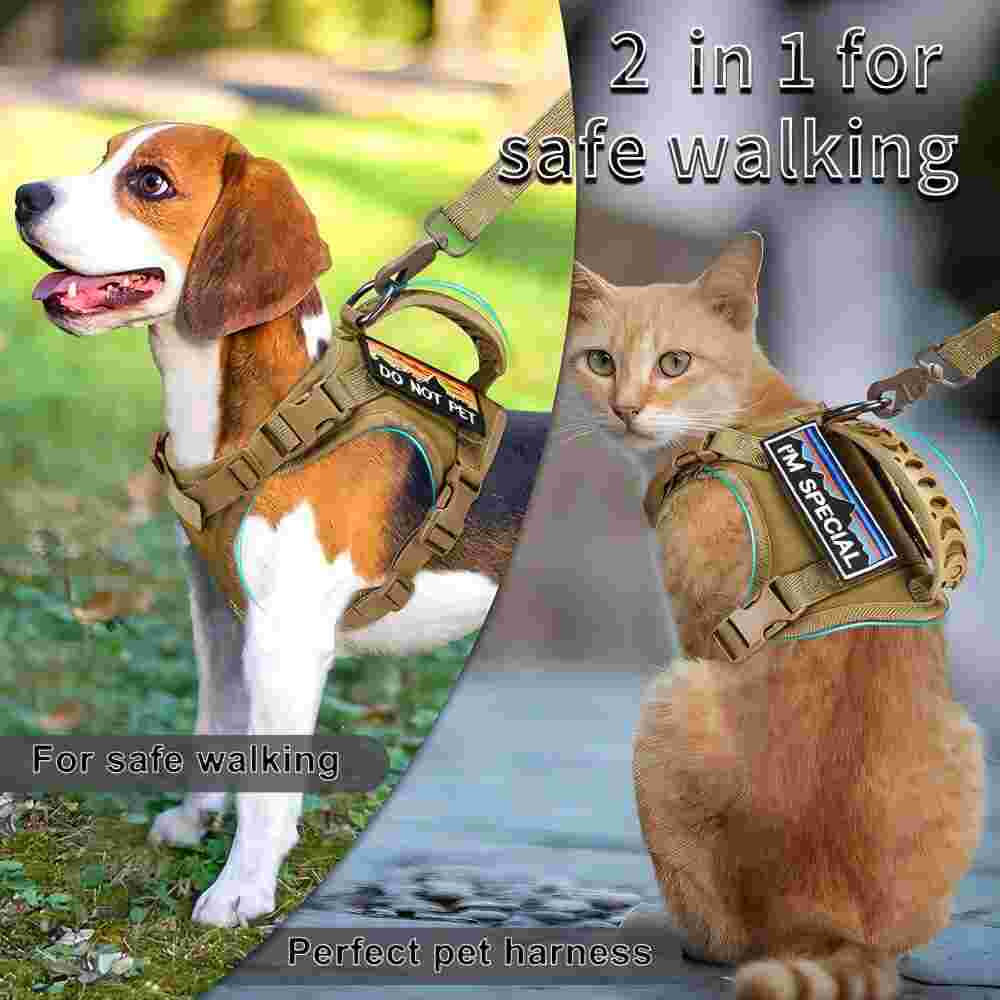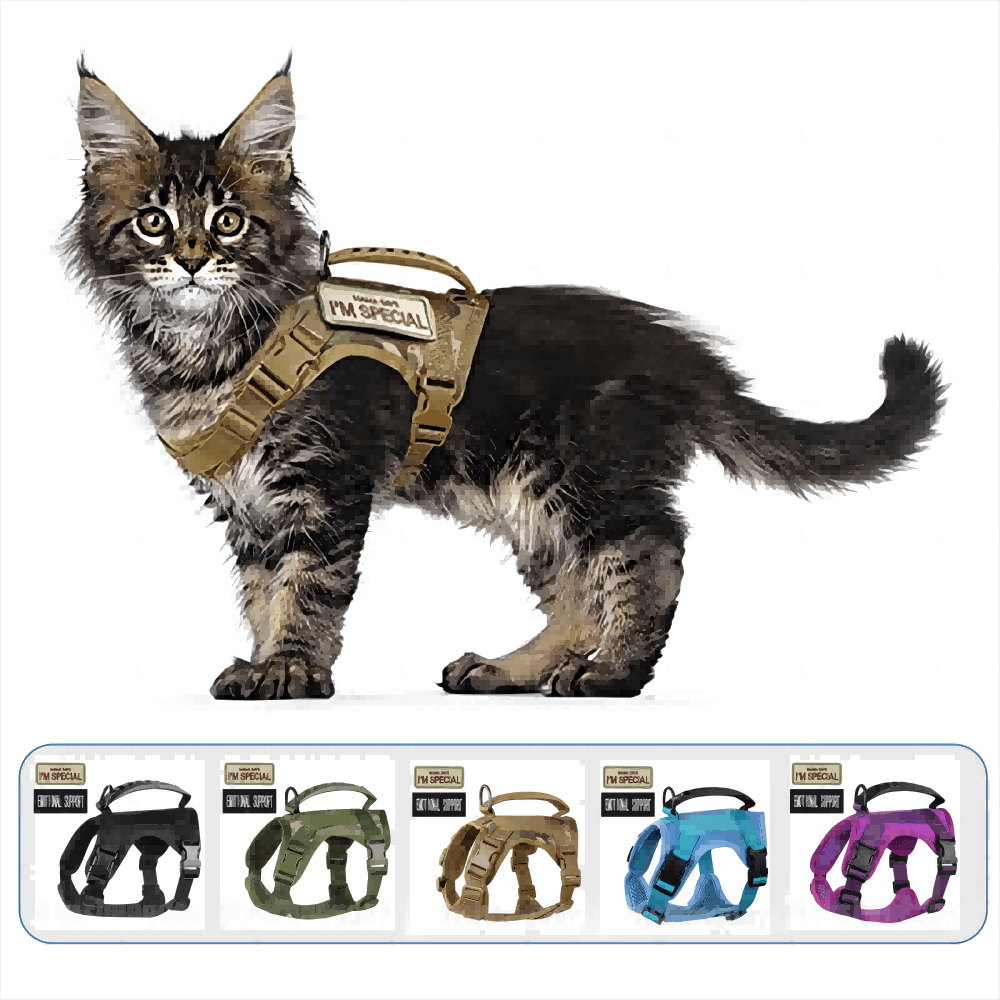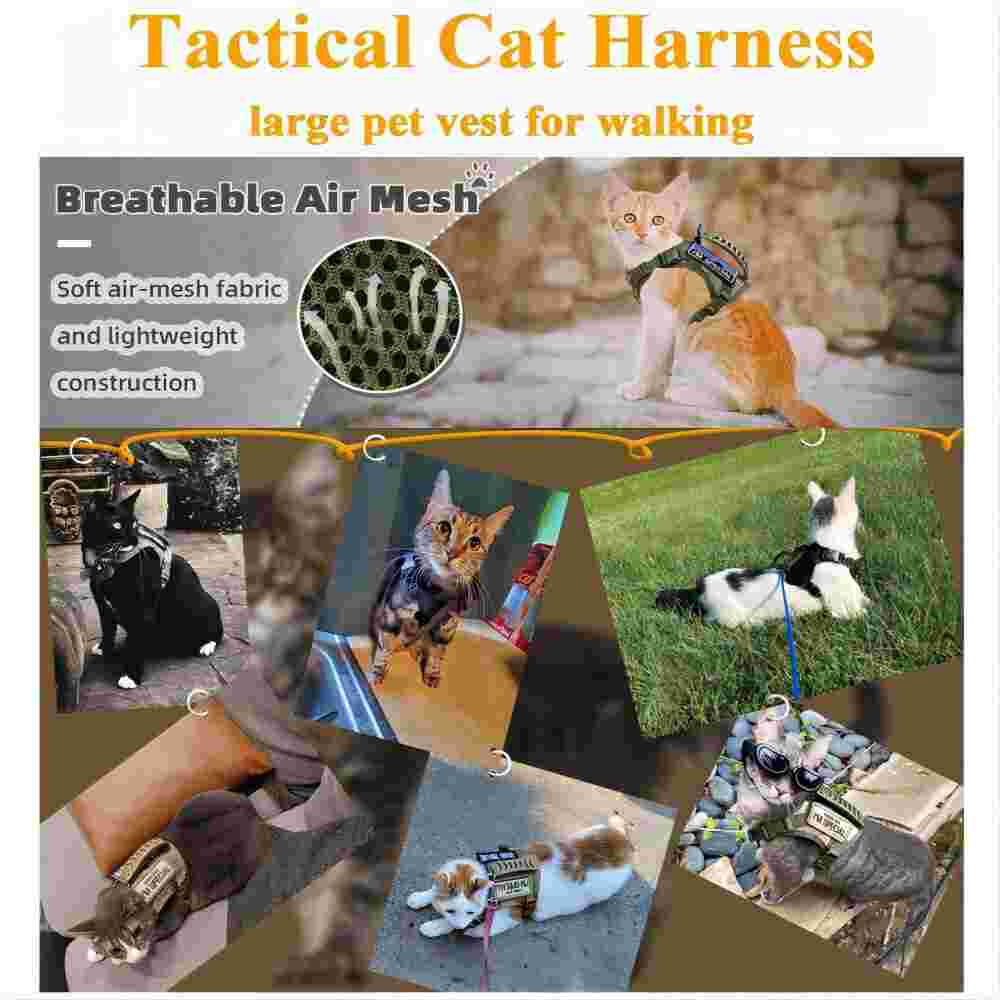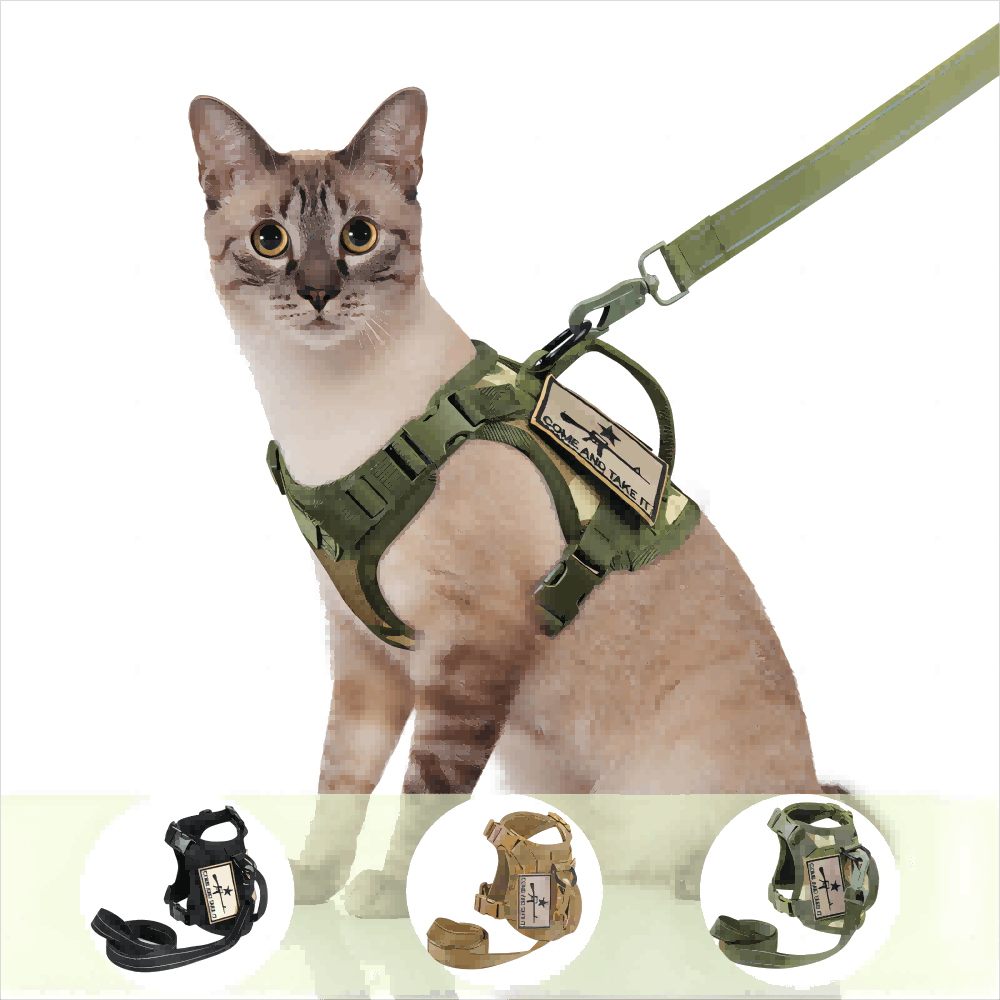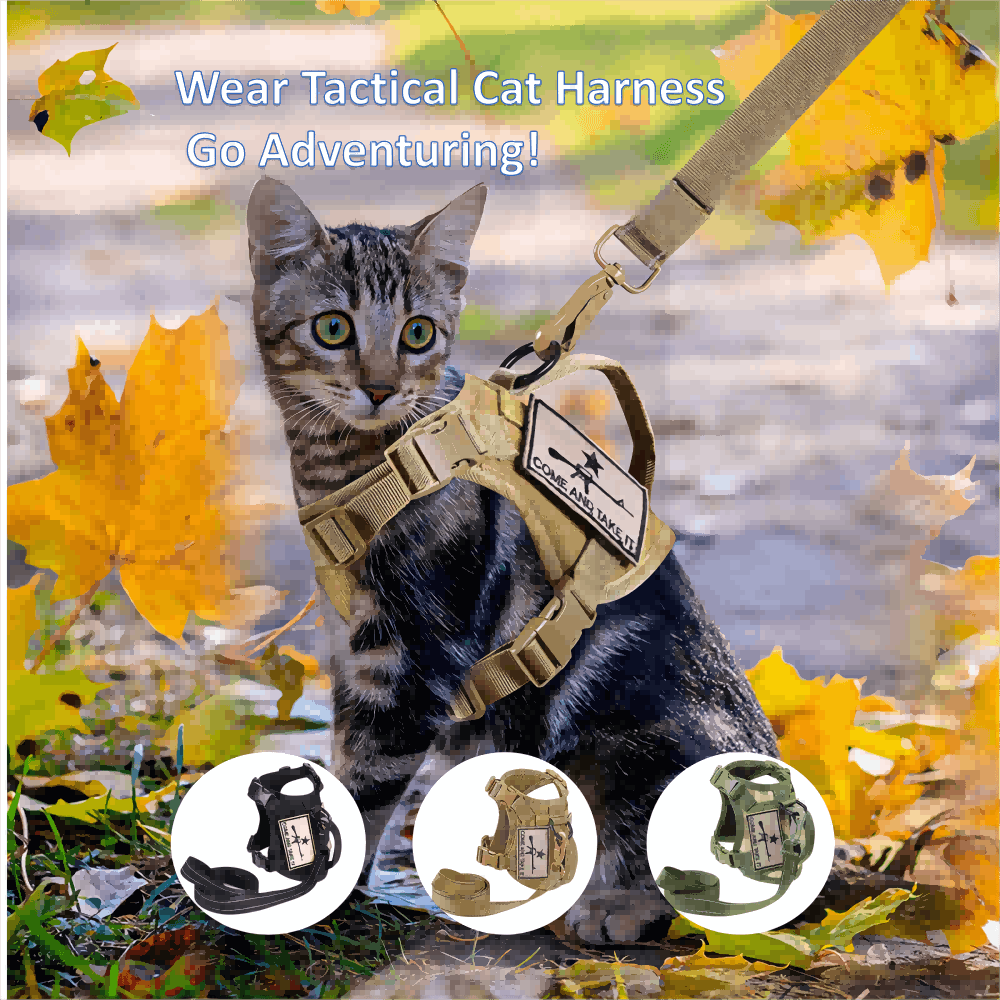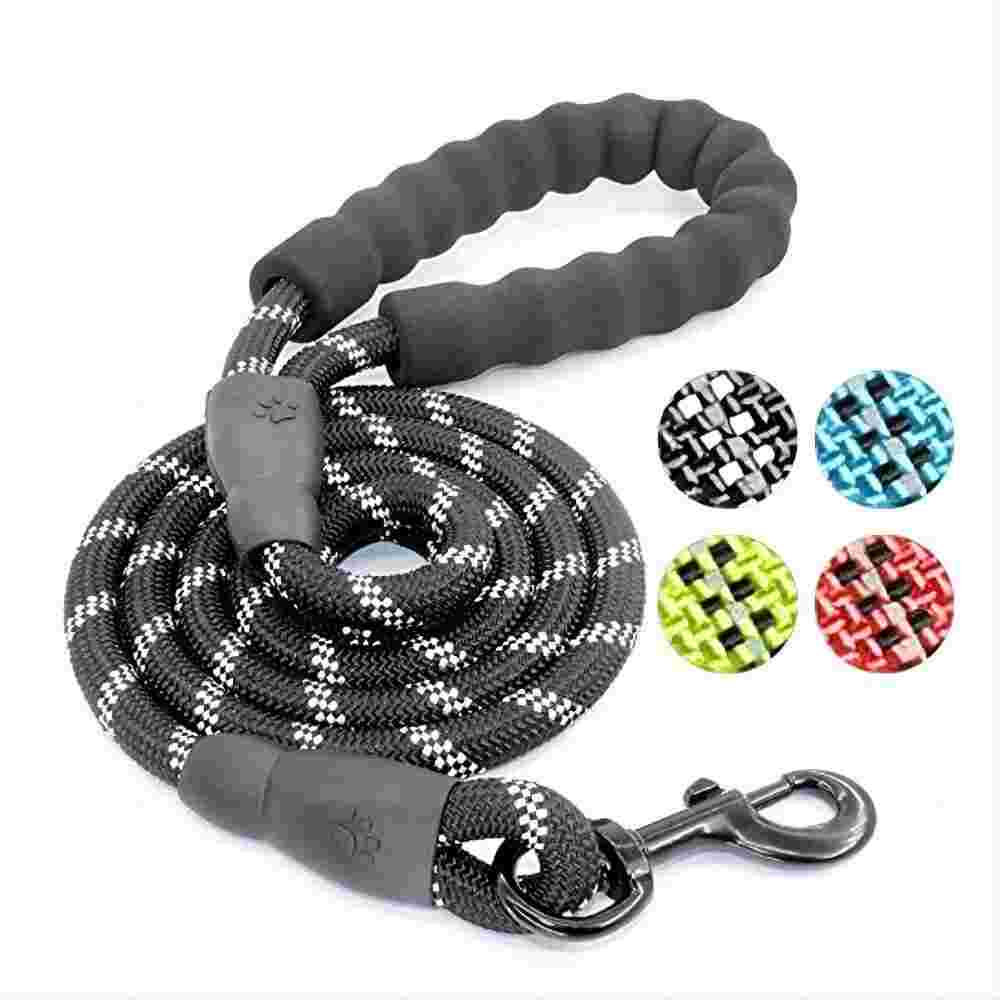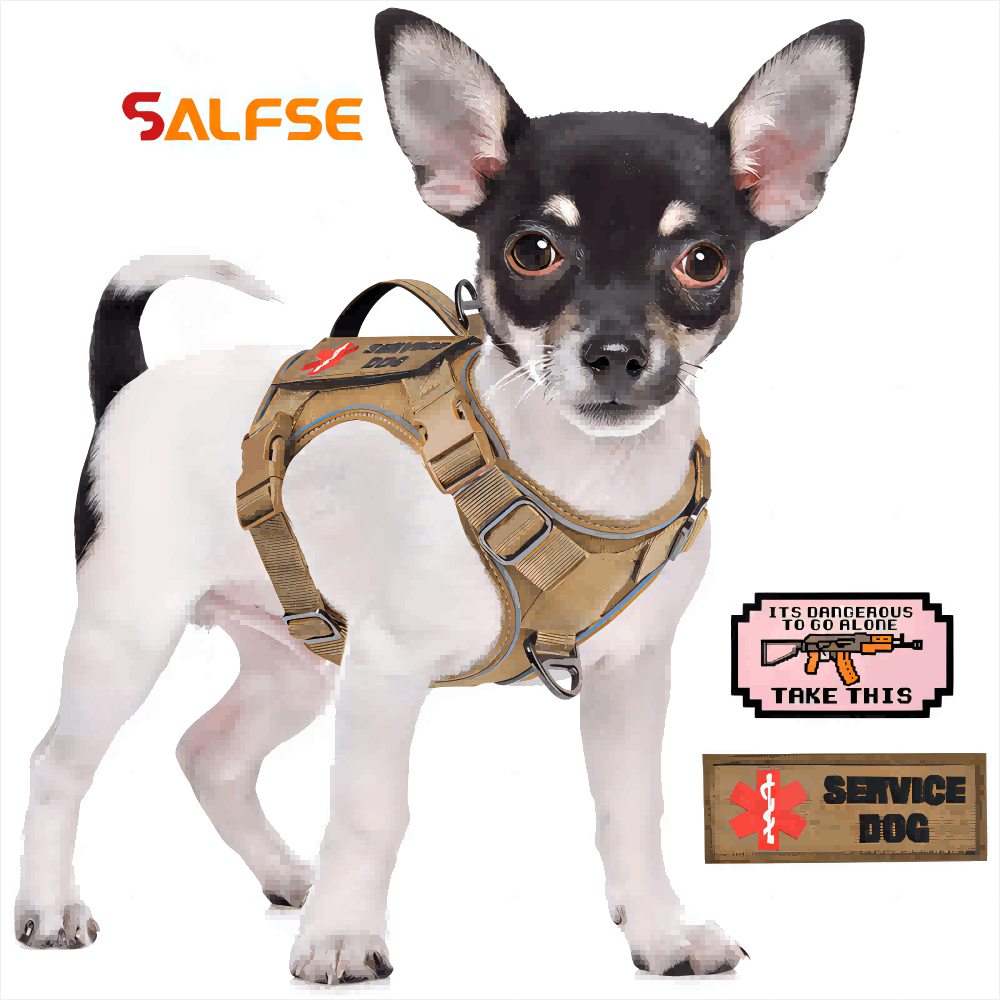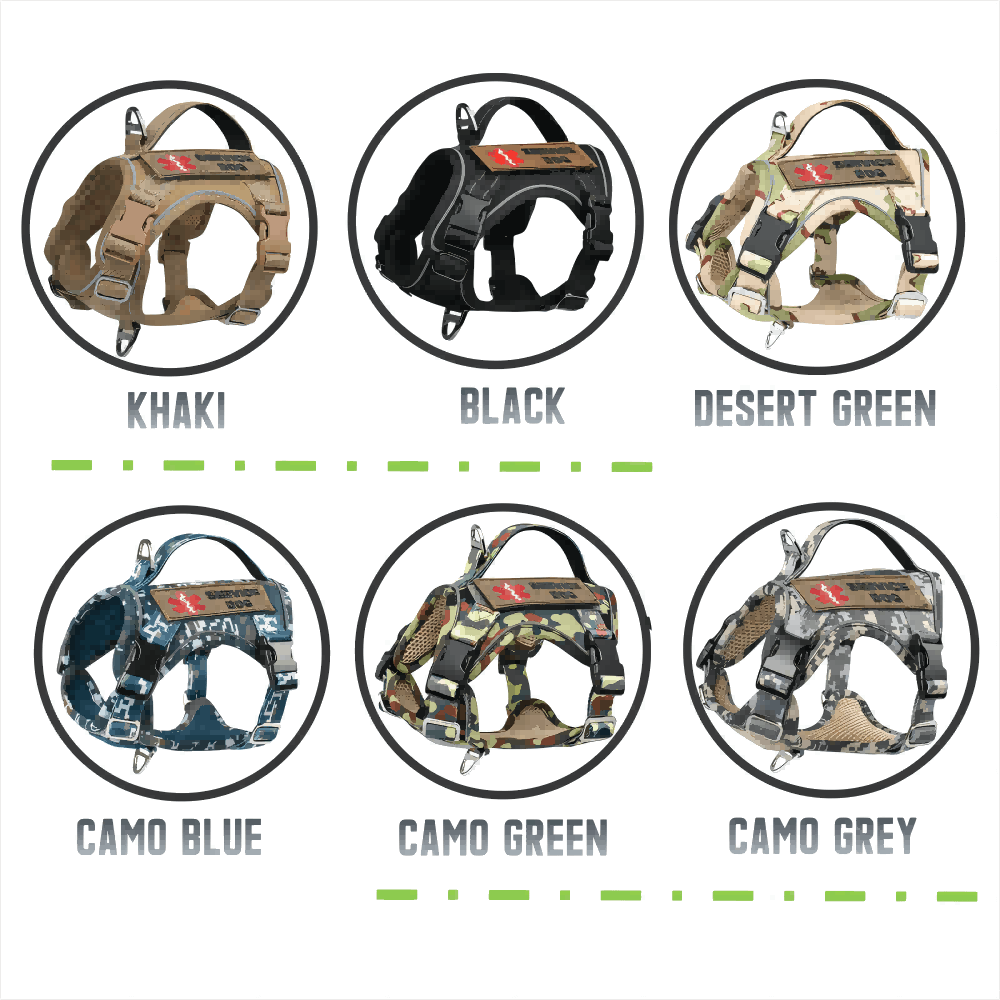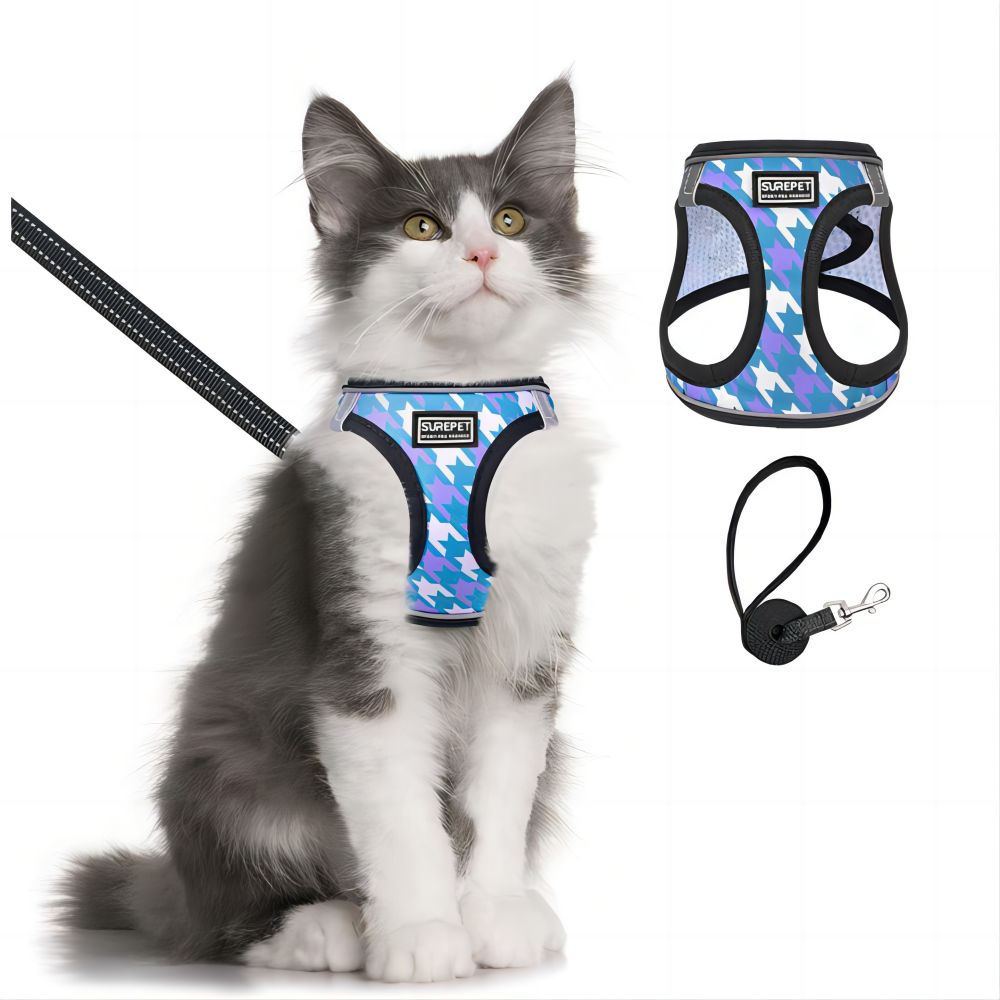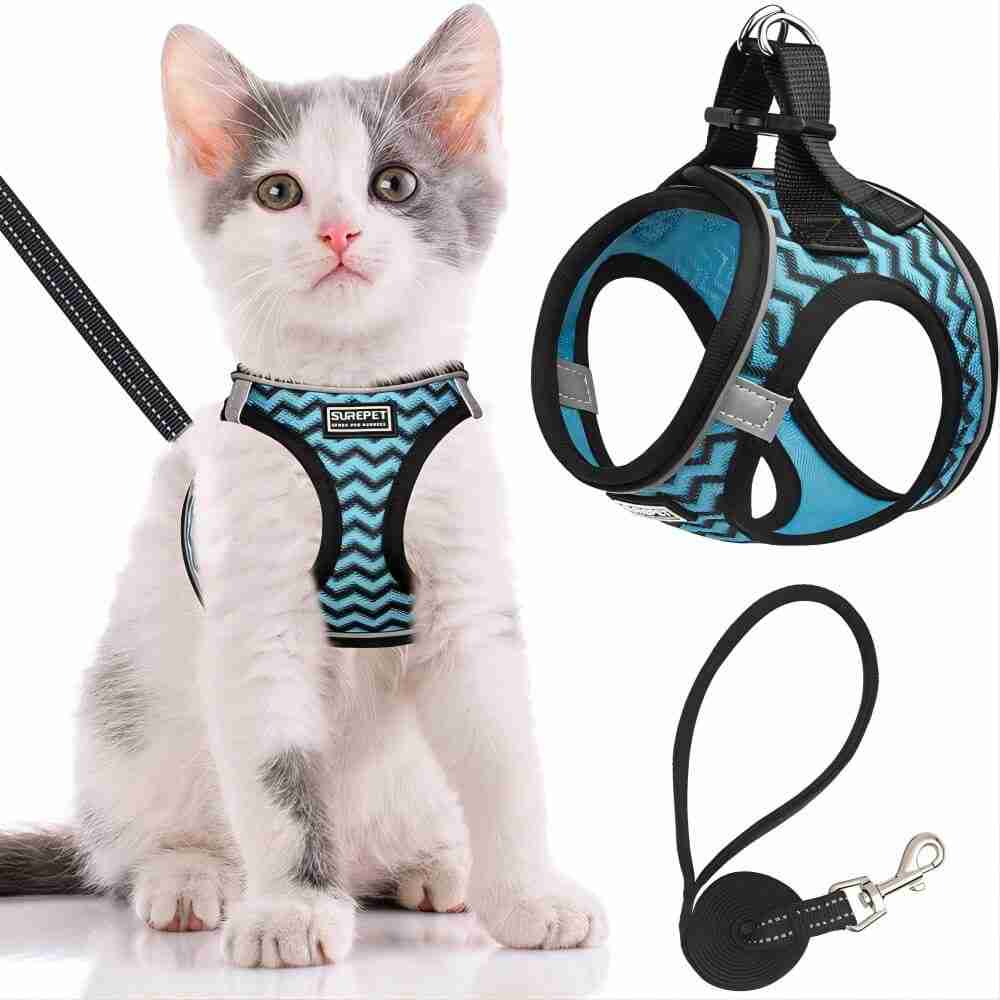1.First of all, you must establish a relationship of intimacy and trust with your pet dog, so that it can trust and depend on you.
2.You need to set the behavioral standards and training goals that your dog wants to achieve.
3.Use positive rewards and appropriate punishments to reinforce right behavior and correct bad behavior.
4.When training a pet dog, you must maintain a consistent training method, be patient and calm, and keep repeating and strengthening the training.
5.Remember, dog training is mutual, not only the owner thinks it is effective, but also must conform to the dog’s nature and logic to be reasonable.
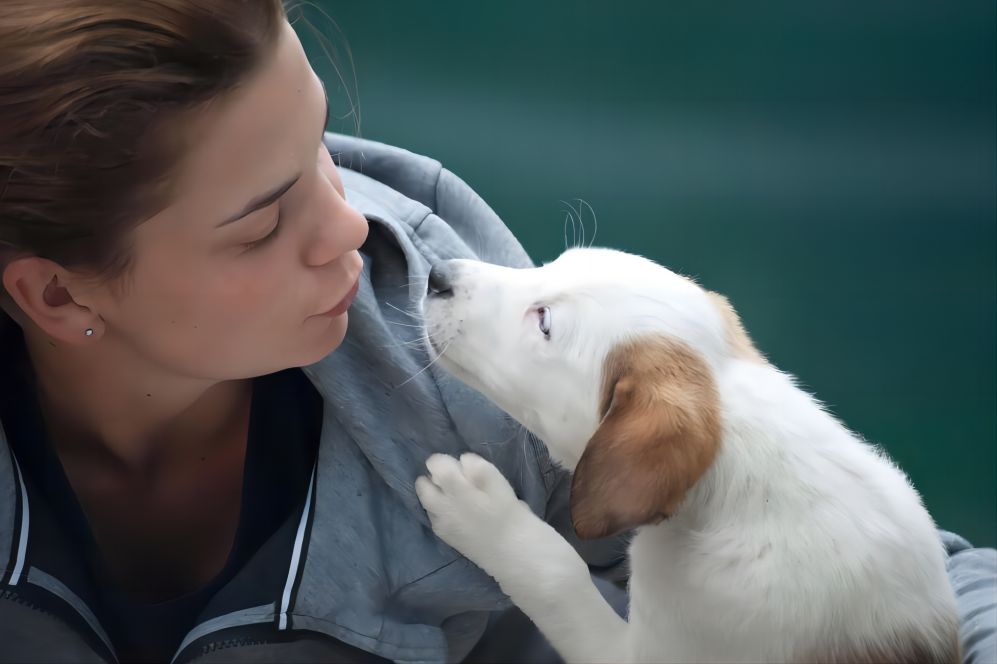
We believe that dogs are the most loyal friends of human beings. Your dog is the most important companion in your life. It will bring you the best time in your life. We regard dogs as close family members and hope that dogs are loyal, friendly and obedient. Training your dog is an important part of establishing good behavior habits and strengthening your intimate relationship with your dog. There are many ways to train your dog. You need to find the one that is most suitable for your dog. Here we will provide a series of 24 training methods and steps in 28 chapters to help you effectively train your dog. Whether it is basic follow instructions or solve bad behavior, this series of articles will provide you with professional advice and practical skills.
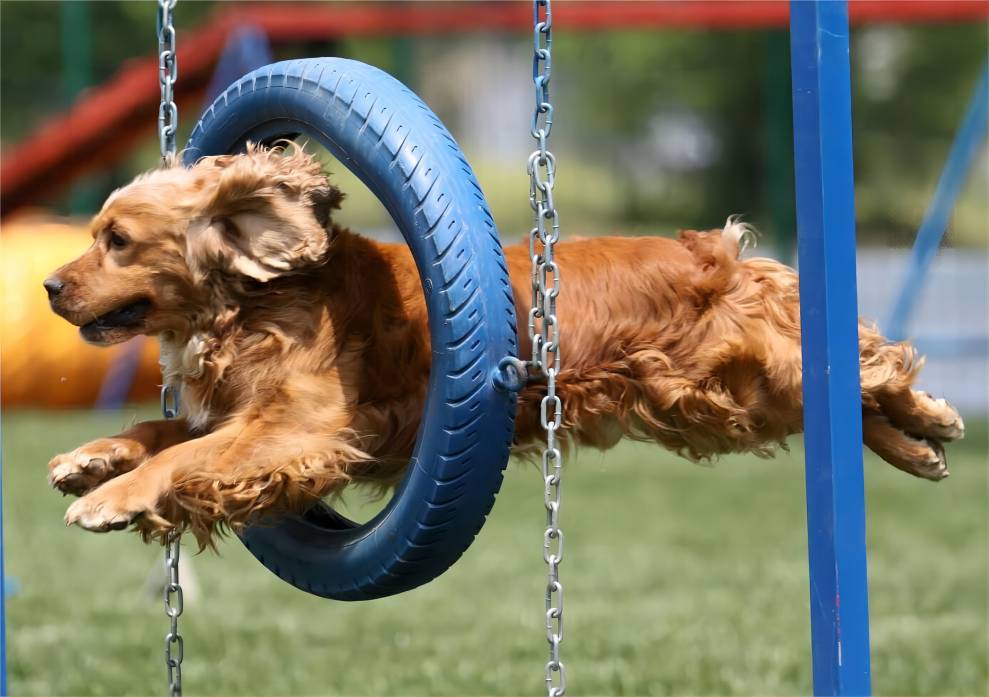
Article directory
1.Preparation before training
2.Basic principles of dog training
3.How to train a dog to follow you?
4.How to train your dog to run to you?
5.How to train a dog to “listen” or “see”?
6.How to train a dog to sit down?
7.How to train a dog to “get down” or “lie down”?
8.How to train a dog to wait by the door?
9.How to train your dog to eat well?
10.How to train a dog to pick up and put things down?
11.How to train a dog to stand up?
12.How to train a dog to “jump”?
13.How to train a dog to “go” and “stop”?
14.How to train a dog to “shake hands”?
15.How to train a dog to talk and be quiet?
16.How to train a dog to learn to be alone?
17.How to train the dog’s concentration?
18.How to train your dog’s patience and waiting?
19.How to train a pet dog to stay in the pet cage obediently?
20.How to train a dog to defecate?
21.How to train a dog not to eat randomly?
22.How to train your dog’s riding habits when going out?
23.How to train a dog to play frisbee?
24.How to train a pet dog not to jump at people?
25.How to train a dog to live in harmony with other dogs?
26.How to train pet dogs to play happily with children?
27.Matters needing attention in the process of training pet dogs?
28.Eight common misunderstandings in dog training?
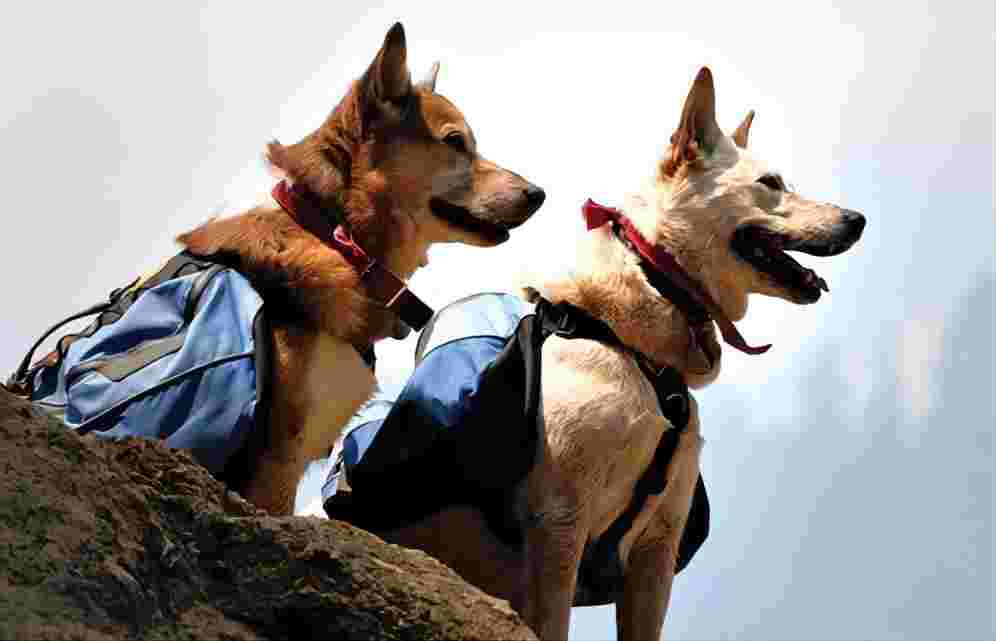
Section 1. Preparation before training
1.First of all, you must understand the dog’s breed, personality traits, preferences, etc. before training your dog. Now dogs can be said to be one of the most diverse species. Each dog has a different personality. For example, the Jack Russell Terrier is extremely energetic and barks all day long. If you want to lie on the sofa all day, the Bulldog is a better choice. A good understanding can provide more support for training.
2.Your pet dog is like a child, with a short attention span and gets bored easily. So the training should be several times a day, 15-20 minutes at a time, to develop good training habits; the training of the dog should run through every minute you get along with it, not just limited to the fixed training time every day. Because it is learning from you every moment it communicates with you.
3.The initial stage of dog training is boring. Sometimes we need to train over and over again. At this time, we must ensure a good attitude. You must know that dogs are our good partners. Beating or scolding cannot make you train effectively. Remember that the purpose of training a dog is to reinforce good habits and punish bad ones; in fact, it takes a certain amount of determination and belief to develop a well-trained dog.
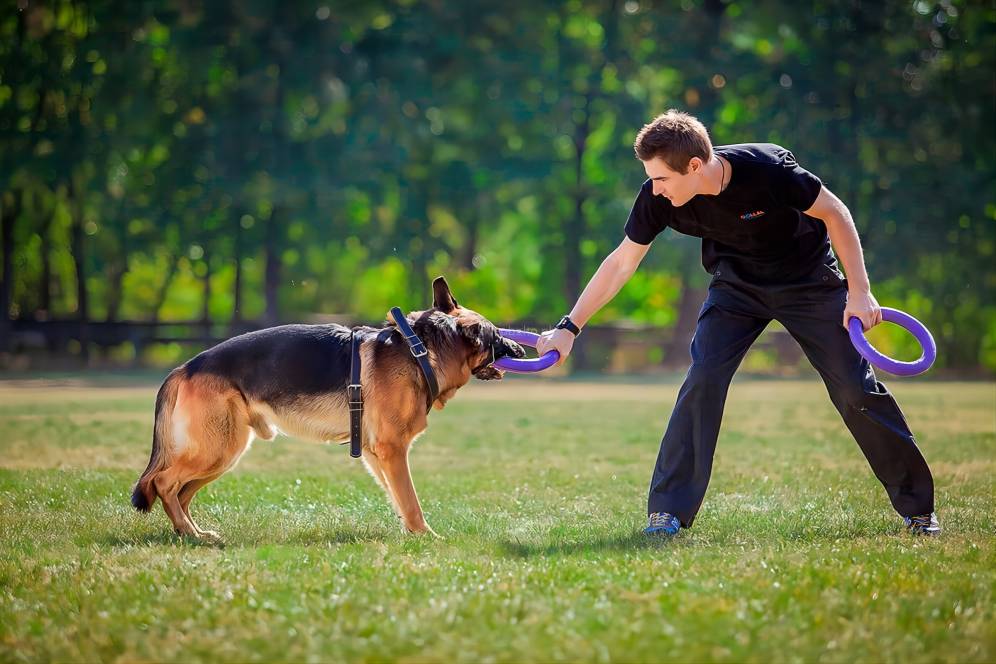
4.Before training, you need to prepare some props. Auxiliary training equipment is indispensable. A leash of about two meters with a tactical dog collar or a tactical dog harness is the entry-level equipment. Choose a tactical dog collar with the right size and soft material. Before training, you must let your dog get used to wearing a tactical dog collar. In addition to being safe, wearing a tactical dog collar can match your movements to achieve the training goal; if your dog is particularly concerned about a certain thing, this thing may be the best “helper” in your training; you can also consult a professional dog trainer to see what kind of equipment is suitable for your dog. For puppies, they don’t need too many things, but older dogs may need props such as tactical dog collars and leashes to focus their attention for a certain period of time. Our common props include “tactical dog collars, leashes, tactical dog harnesses, rewards, tour dog training balls, and dog training gloves.
5.When training a pet dog, you must pay attention to protection. Don’t be scratched and bitten. Protection and safety are very important and must be kept in mind.
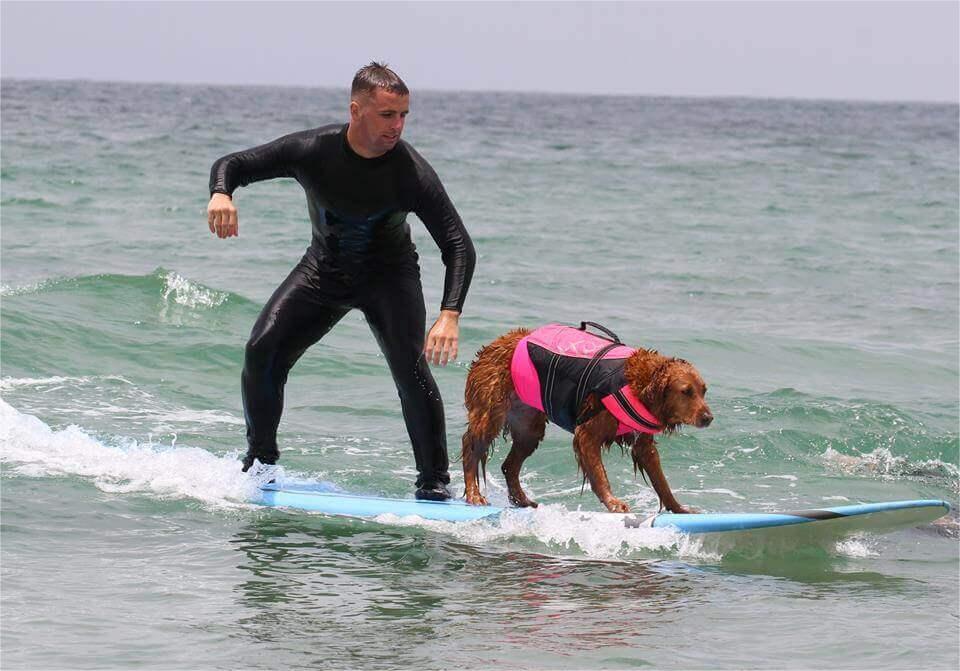
Section 2, the basic principles of dog training
1.Training will not be smooth. Don’t blame your dog. Encourage it often to get along with the dog better and enhance your confidence and ability to learn. Be sure to control your emotions. If your emotions are relatively stable, the dog’s emotions will also stabilize. If your emotions are agitated, the dog will become afraid of you, and it will become cautious and no longer trust you. As a result, it is difficult to learn new things.
2.Different breeds of dogs learn things at different speeds and in different ways, just like children. Different dogs have different tempers. Some dogs will be more stubborn and fight against you everywhere; some dogs are very docile and try to please their owners. Therefore, different dogs need to adopt different learning methods.
3.The training process is tedious. Repeating an action for a long time will make the dog lose interest. Improving “classroom activity” is a sure-fire way to solve the boring training. In fact, the dog’s mentality is the same as that of children. Repeated preaching will lead to a decrease in the “excitement” of the dog and lack of concentration. The actual reaction is “the dog’s head is always looking away, and the dog trainer’s instructions are not responded in time”; this signal tells you that it is no longer interested in you, and you should stop training immediately to activate the “classroom atmosphere”.
At this time, I will tell you a very effective method. Find something that the dog likes and can’t bite (we often use a training ball with a rope). One end of the dog bites the ball, and you grab the rope at the other end. Let’s start a “strength competition”. “It will also be more stable.
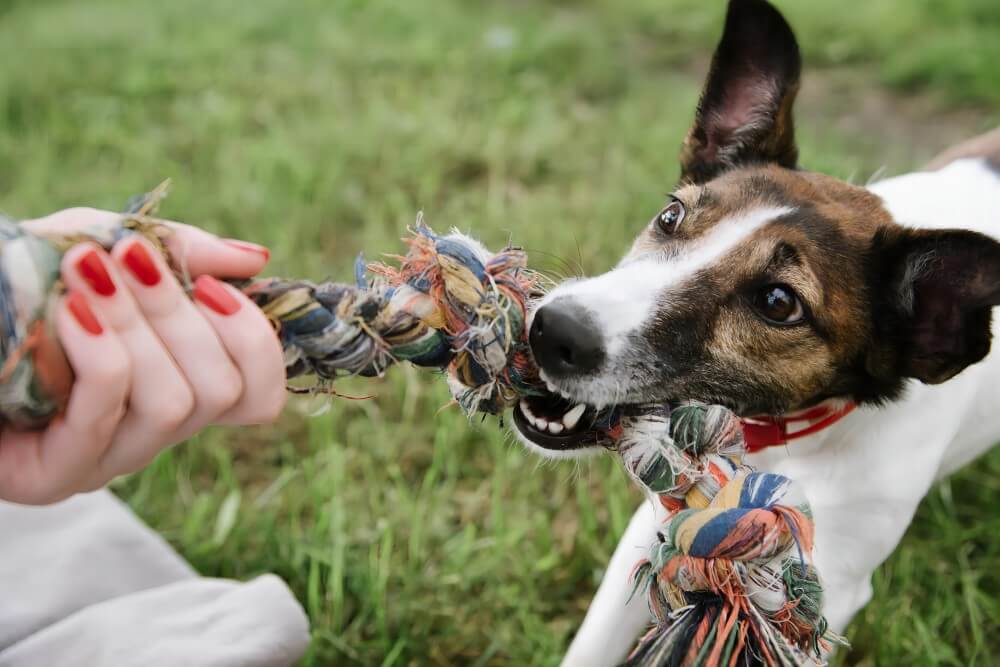
4.Rewards for pet dogs must be timely during training; dogs are very simple, and the cause and effect relationship will not be clear after a long time span. If the pet dog obeys the command, you must praise or reward it within two seconds, thus consolidating the training results; once this time is exceeded, it will not be able to associate your reward with its previous performance.
Note: Rewards must be timely and accurate. Don’t let your dog associate the reward with other wrong behaviors.
For example, if you are teaching your dog to “sit.” It may indeed sit down, but it may have stood up when you rewarded it. At this time, it will feel that you rewarded it because it stood up, not sitting down.
5.The dog training clicker is a special sounder for dog training. Compared with rewards such as food or touching the head, the sound of the dog training clicker is more timely and more suitable for the dog’s learning speed;
① Whenever the owner presses the dog training clicker, he needs to give the dog a real reward. Over time, the dog will naturally associate the sound with the reward. So any command you give to the dog can be used with the clicker.
②Be sure to reward the dog in time after pressing the clicker. After a few times, the sound and the reward can be associated, so that the dog can hear the sound of the clicker and understand that his behavior is right.
③When the dog has made the correct action, you press the clicker and give rewards. When the dog makes the same action next time, you can add instructions and repeat the exercise. Use clickers to link commands and actions.
For example, when the dog is sitting, press the clicker and give a reward. When it’s time to sit down again for the reward, guide it by saying “sit down.” Press the clicker again to encourage her. Over time, it will learn that sitting when it hears “sit down” will be encouraged by the clicker.
Be sure to avoid outside distractions while training your dog; you want to involve the people you are with in your dog’s training.
For example, if you teach your dog not to jump on people and your child allows him to do so, all your training will be wasted.
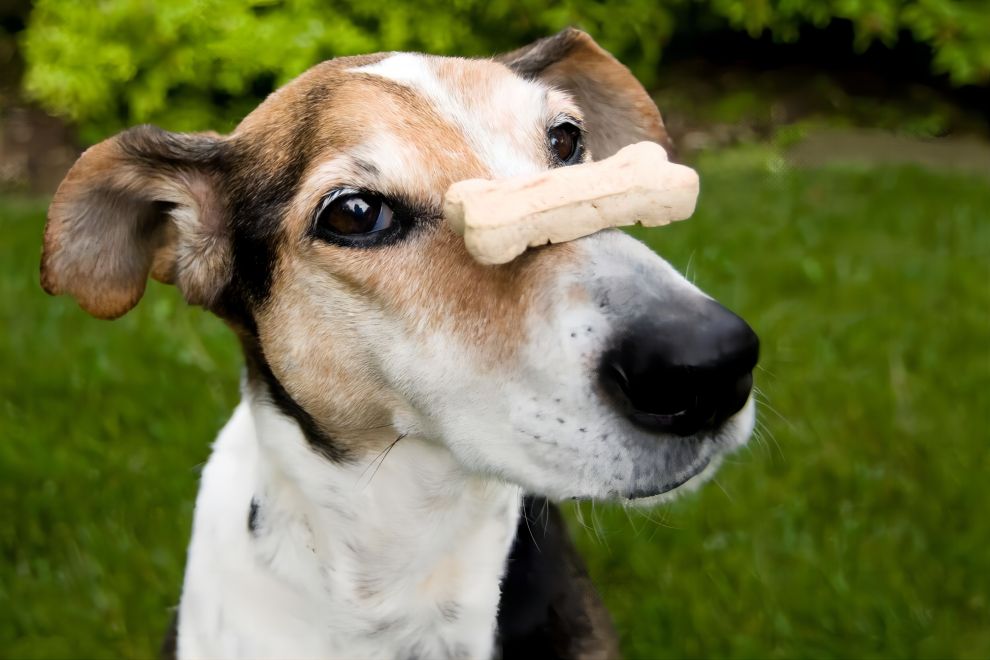
6.Make sure that the people your dog comes into contact with use the same passwords as you teach them. It doesn’t know the difference between “sit” and “please sit down”. Therefore, if these two words are used interchangeably, it may not understand; if the passwords are inconsistent, the dog will not be able to accurately associate a certain behavior with a certain password, which will affect the training results.
7.If the pet dog obeys the instructions correctly, rewards must be given, but the rewards should not be too large, a small amount of delicious and easy-to-chew food is enough; don’t let it eat too easily or spend a long time chewing food to affect training, choose food with short chewing time. A treat the size of an eraser on the tip of a pencil is enough to reward him without waiting for him to eat it.
Rewards for pet dogs should be set according to the difficulty of the action. For more difficult or more important instructions, the reward can be increased appropriately. Pork liver slices, chicken breast or turkey slices are all good choices. After the dog learns to command, it is necessary to gradually reduce the big reward of meat to facilitate subsequent training. But don’t forget to praise your dog.
Remember, don’t feed your dog a few hours before training your dog. Hunger can help increase its desire for food. The hungrier it is, the more focused it will be on completing the task.
8.Every training must have a good ending, no matter how the dog’s training is. At the end of the training, choose some commands that it has already mastered, and you can take the opportunity to praise and encourage it, so that it only remembers your love and praise every time; if your dog keeps barking and you want it to stop being noisy, just ignore it and praise it when it is quiet.
Note: When the dog is barking, do not use toys or balls to block its mouth. This will only make it feel that as long as it barks, it can get what it wants.
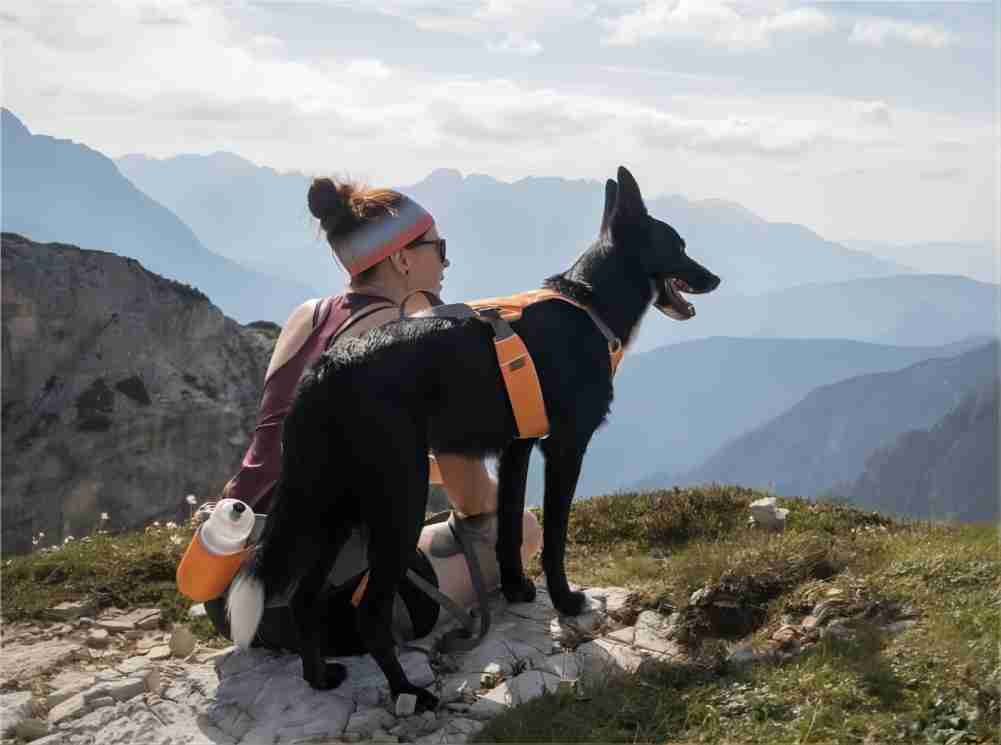
For other exciting content, please click on the catalog link
Next section:how to train your dog to follow you?-dog training (2)

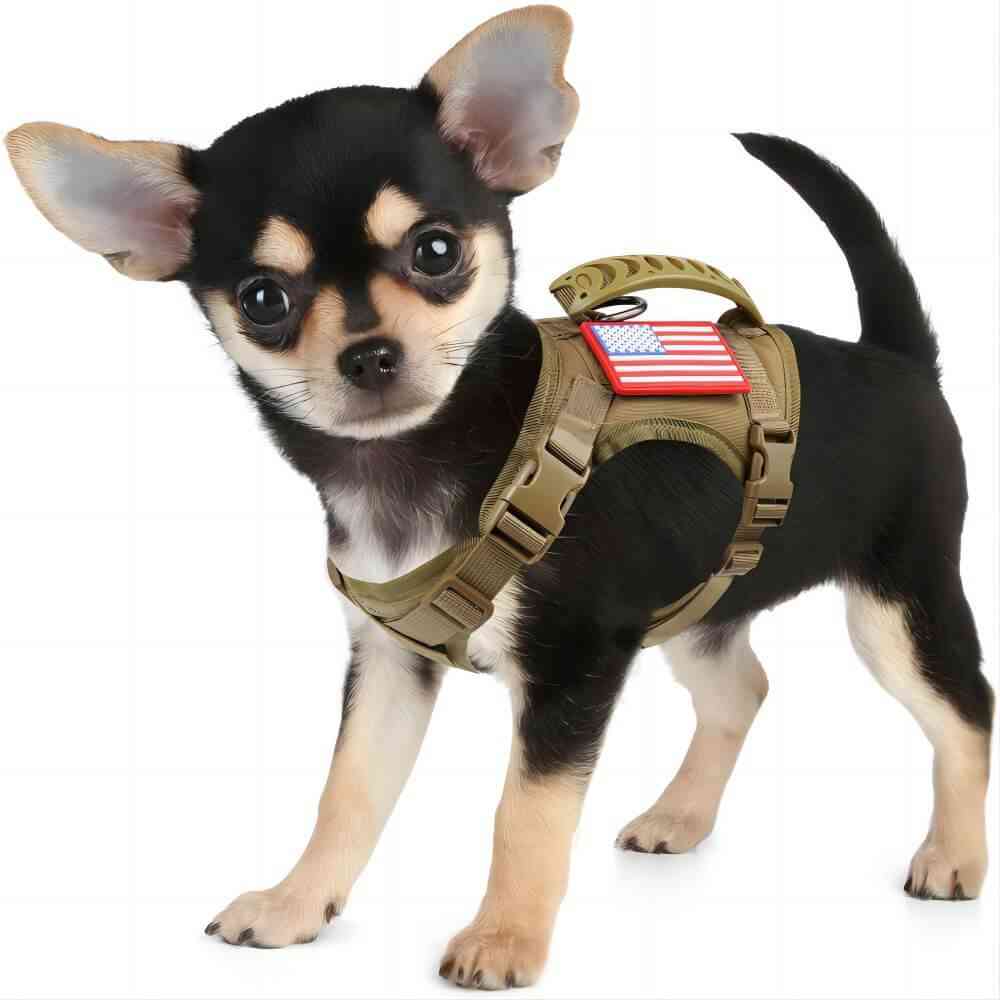

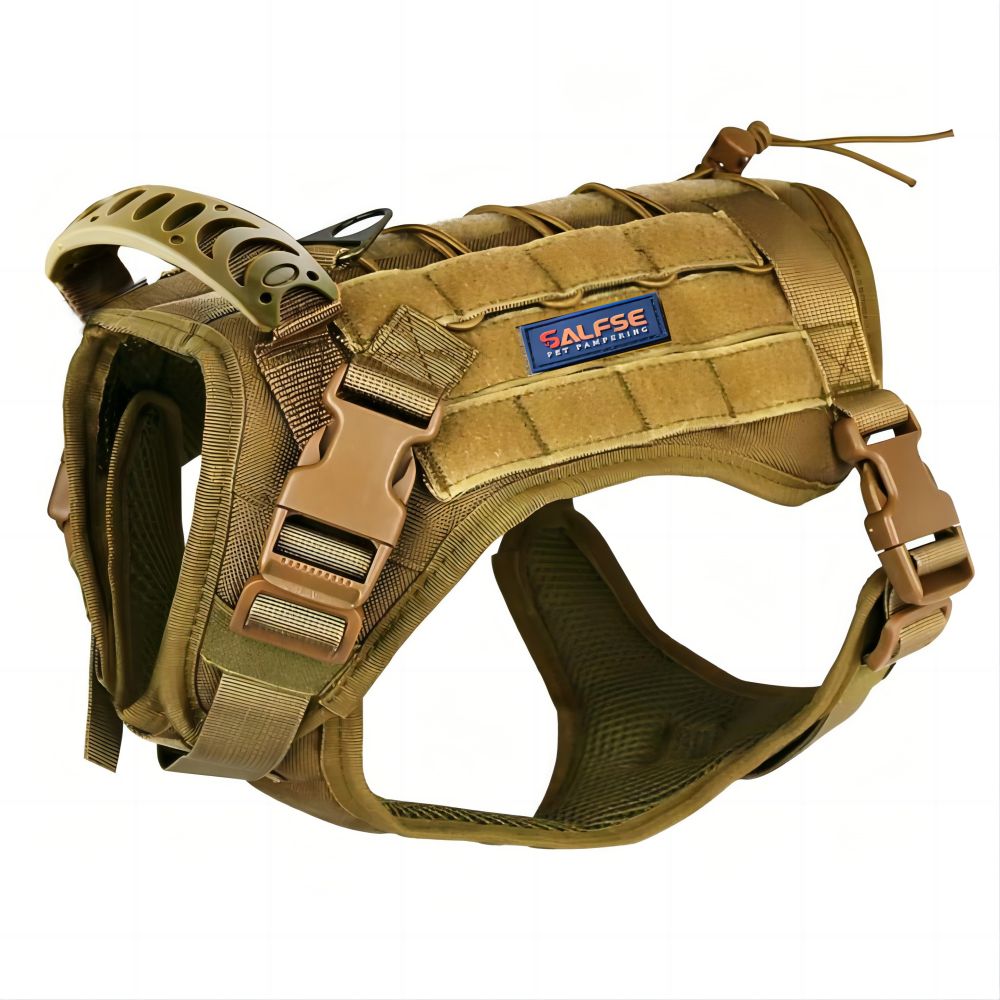
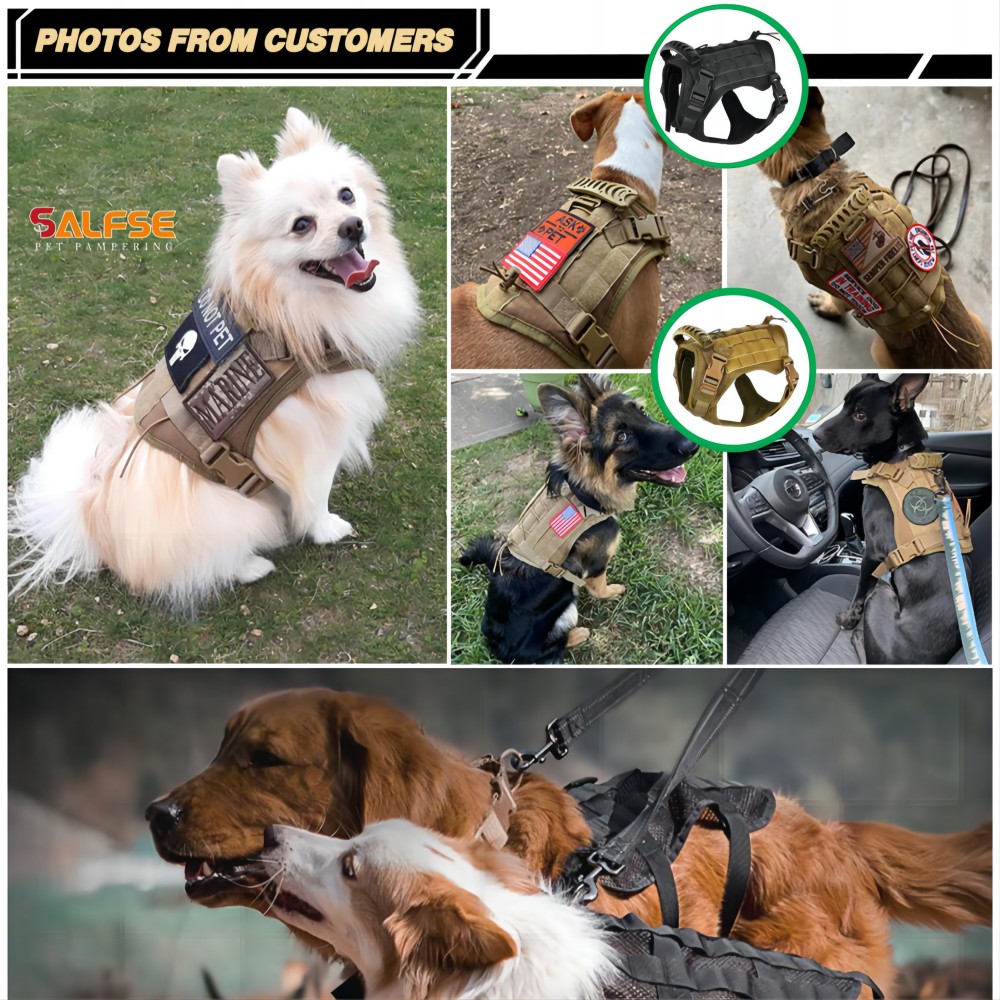
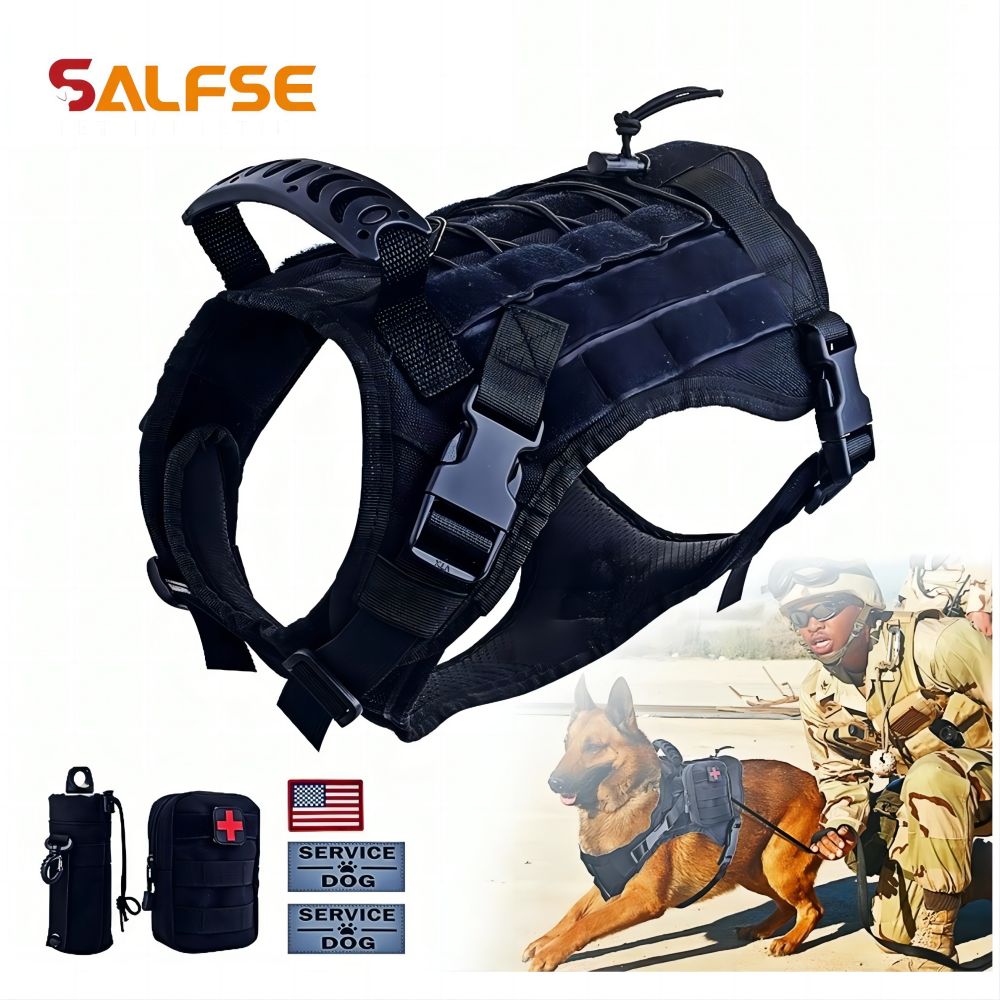
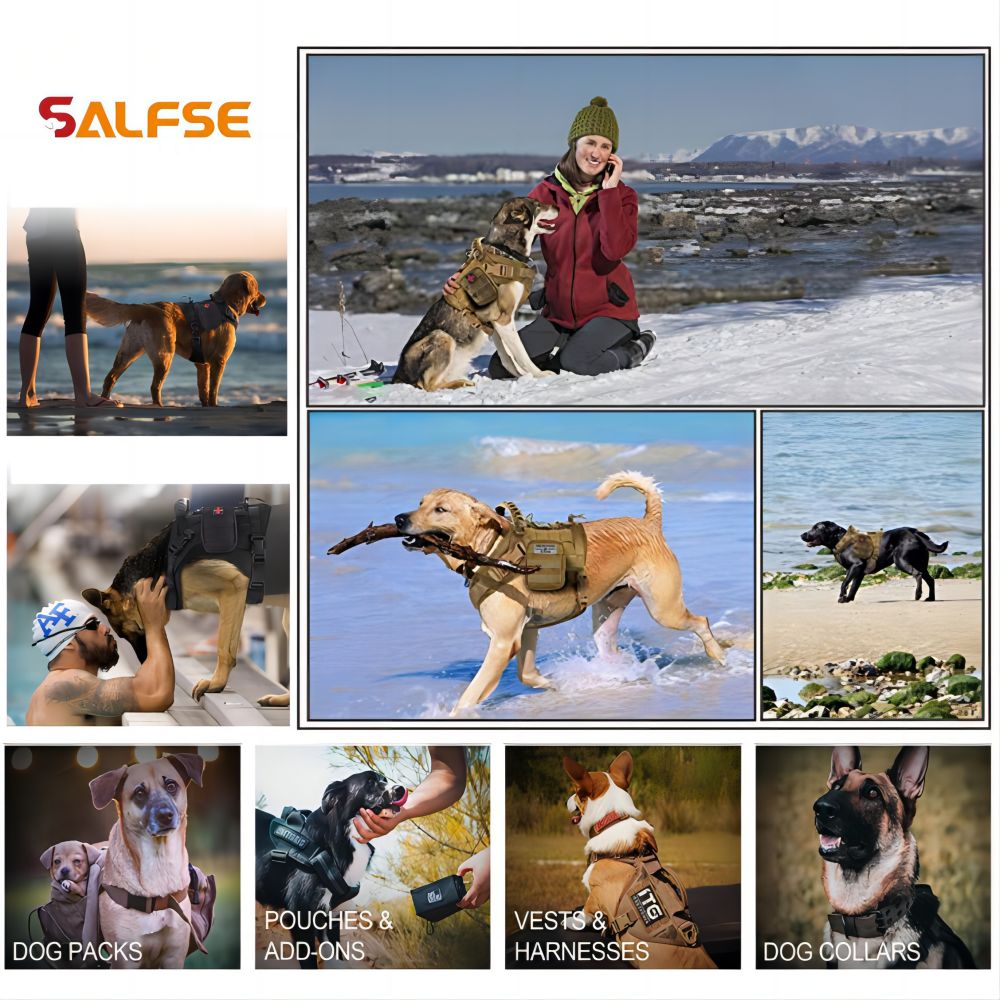
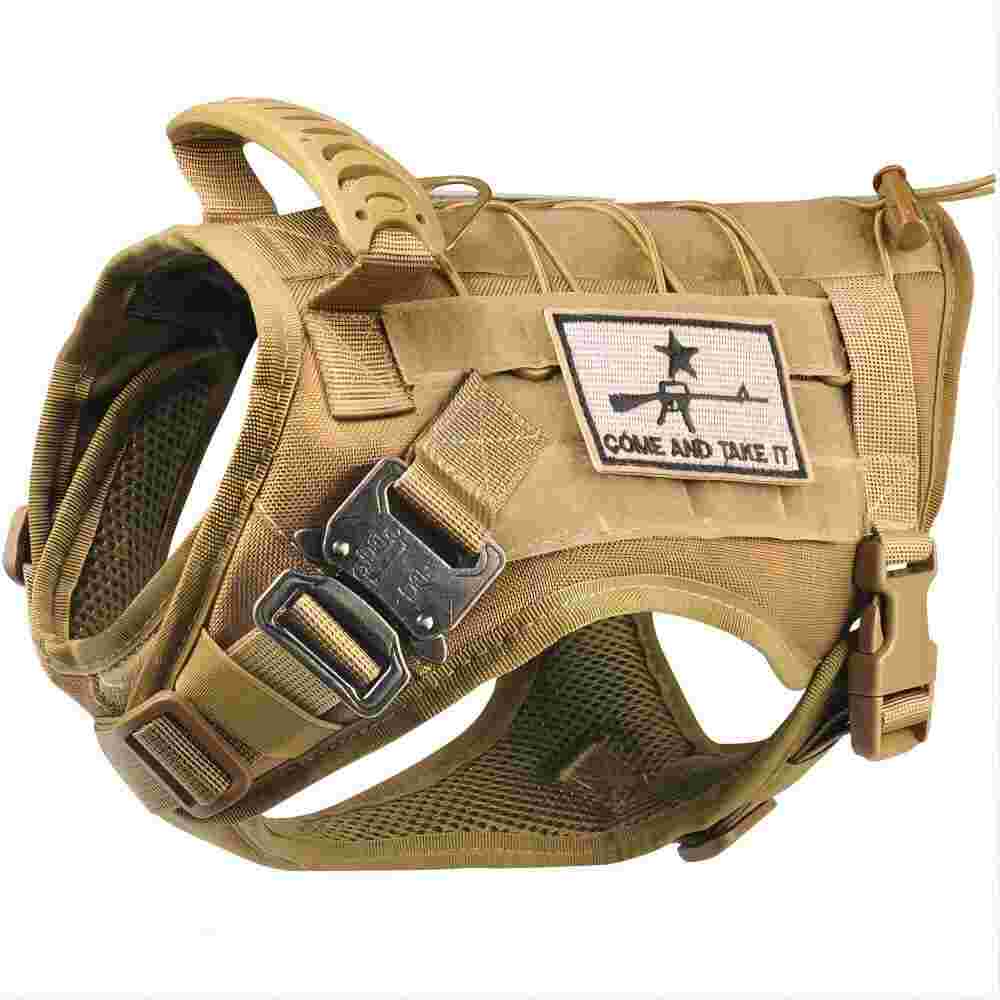
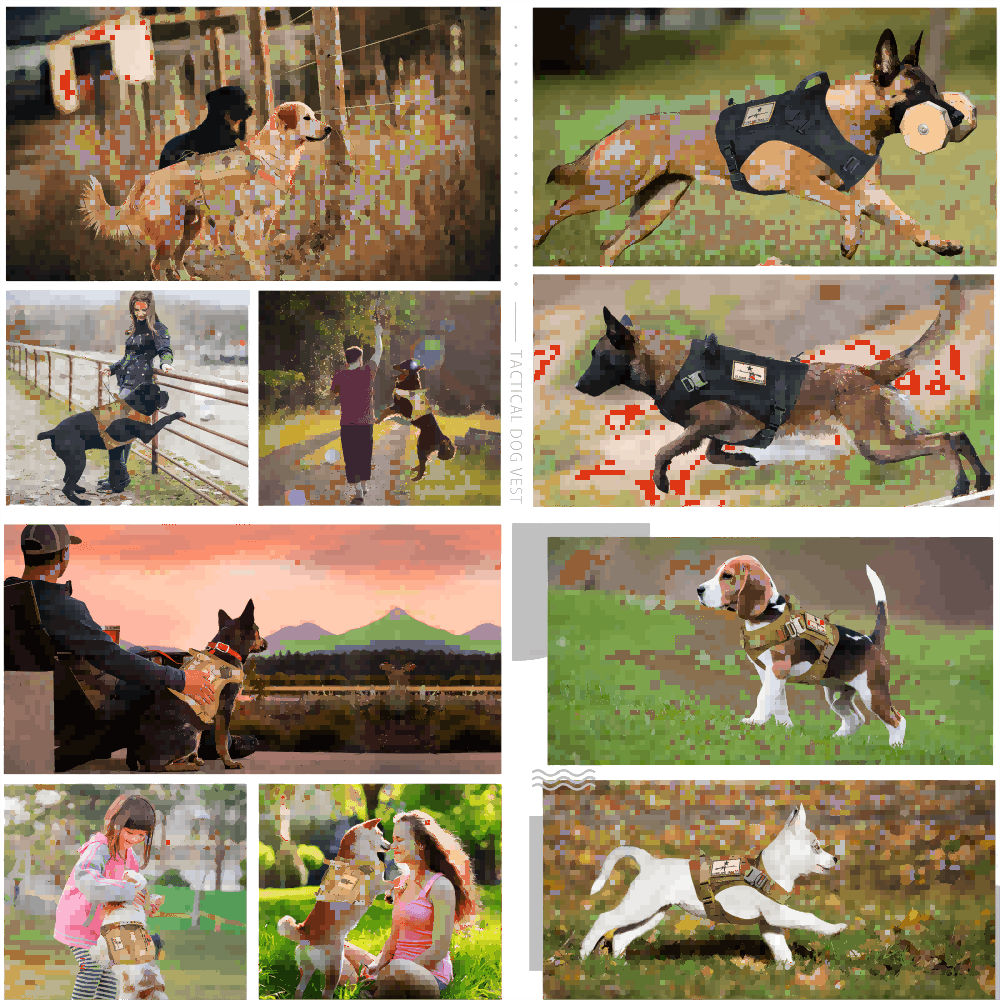
-1.png)


